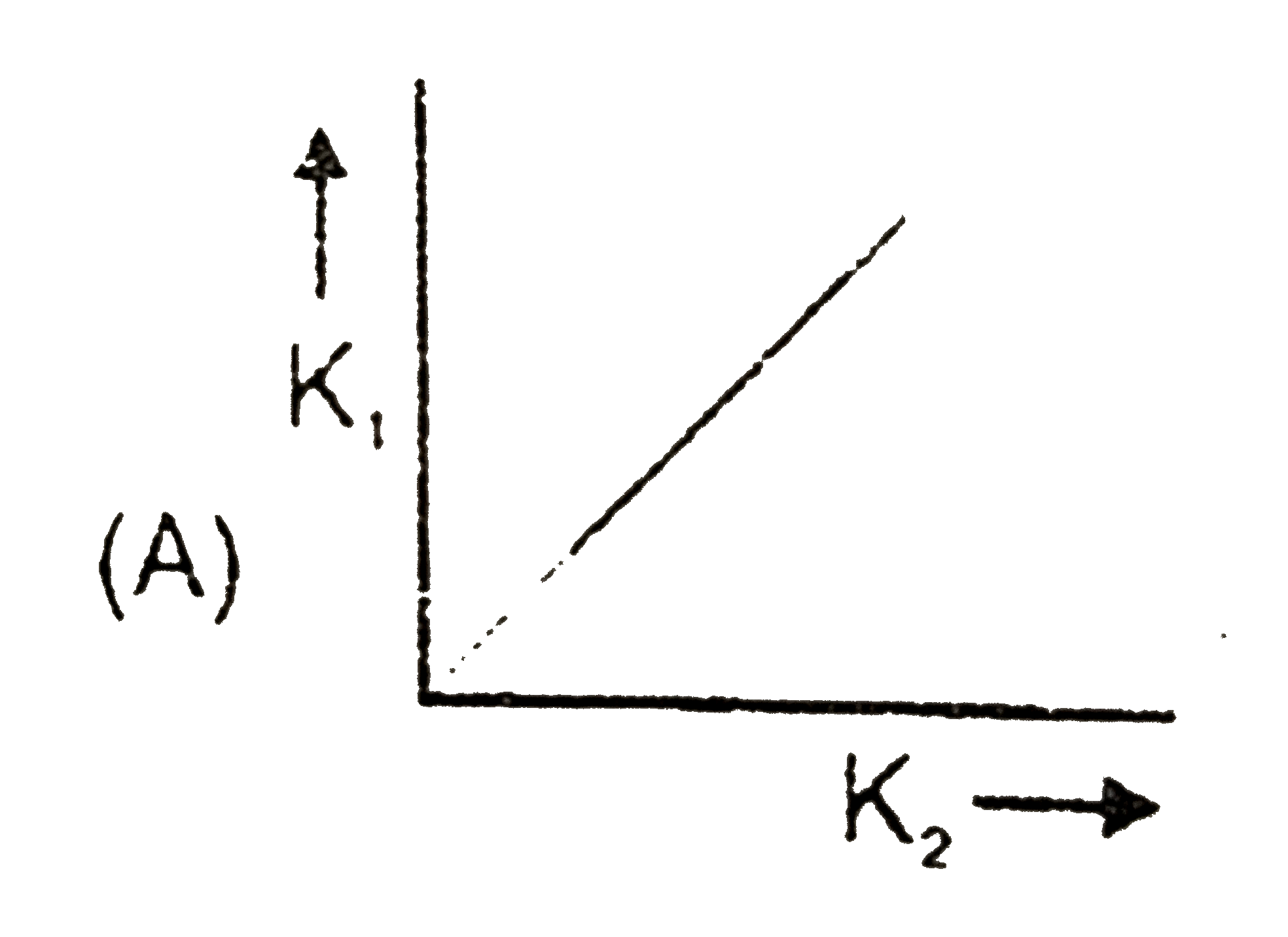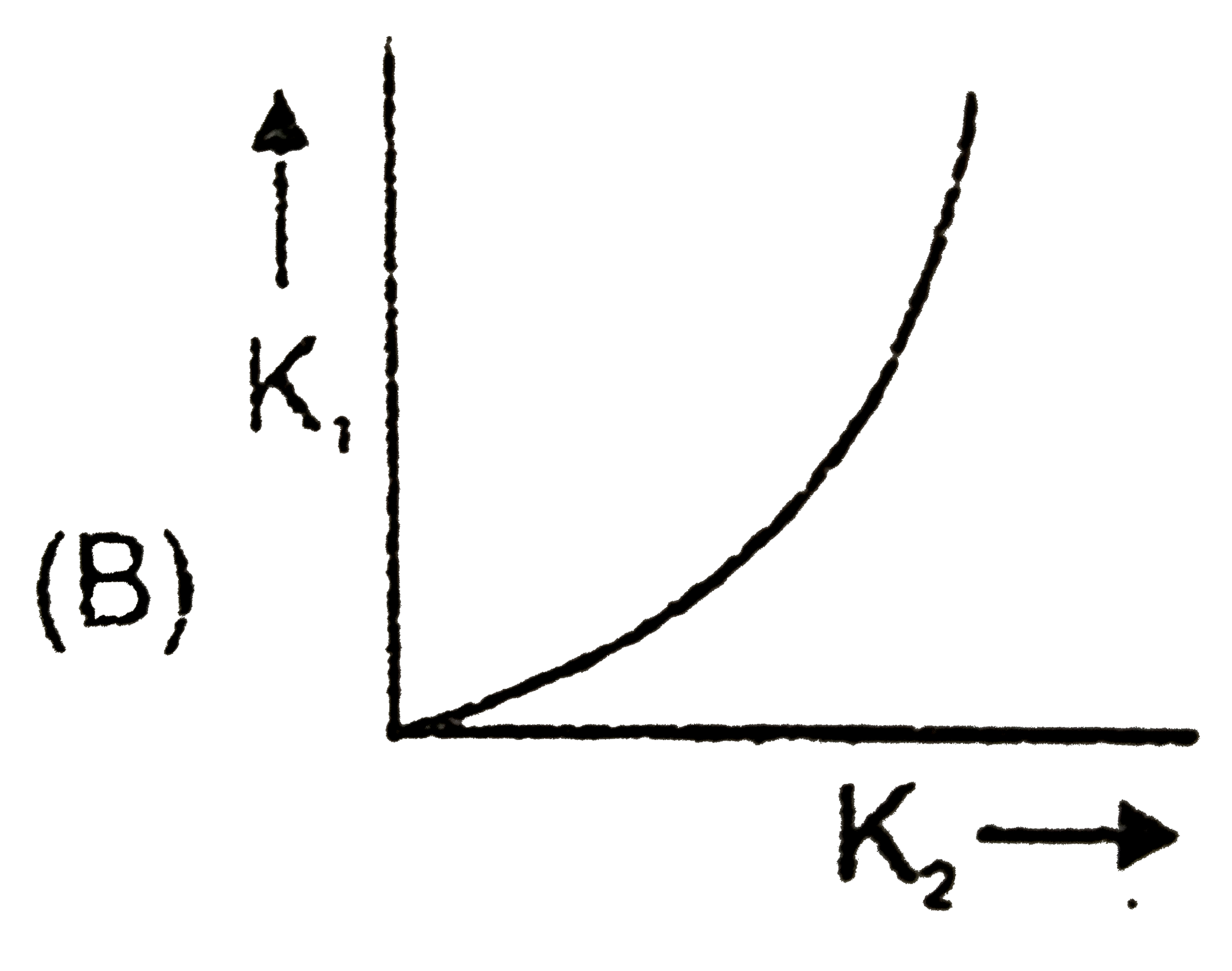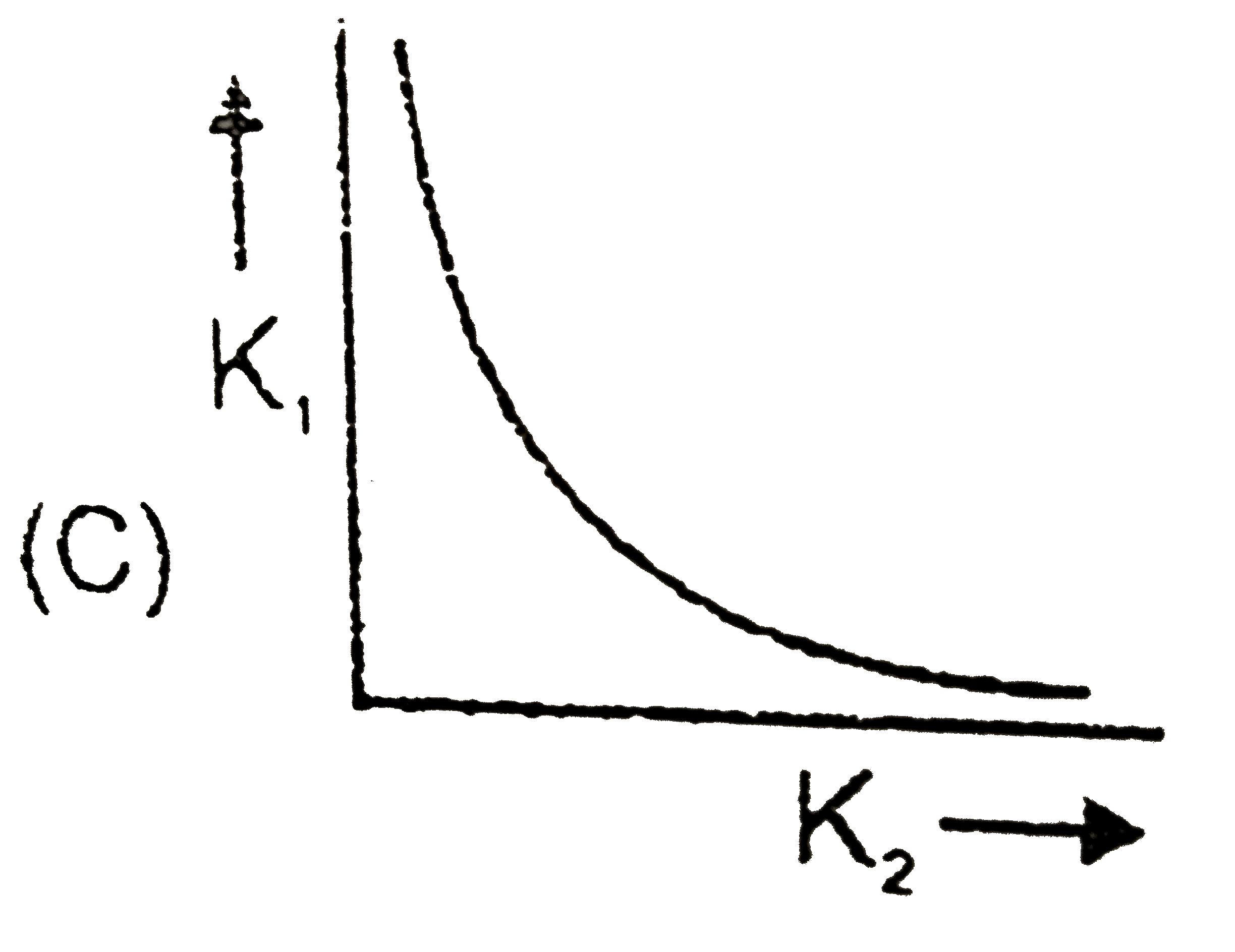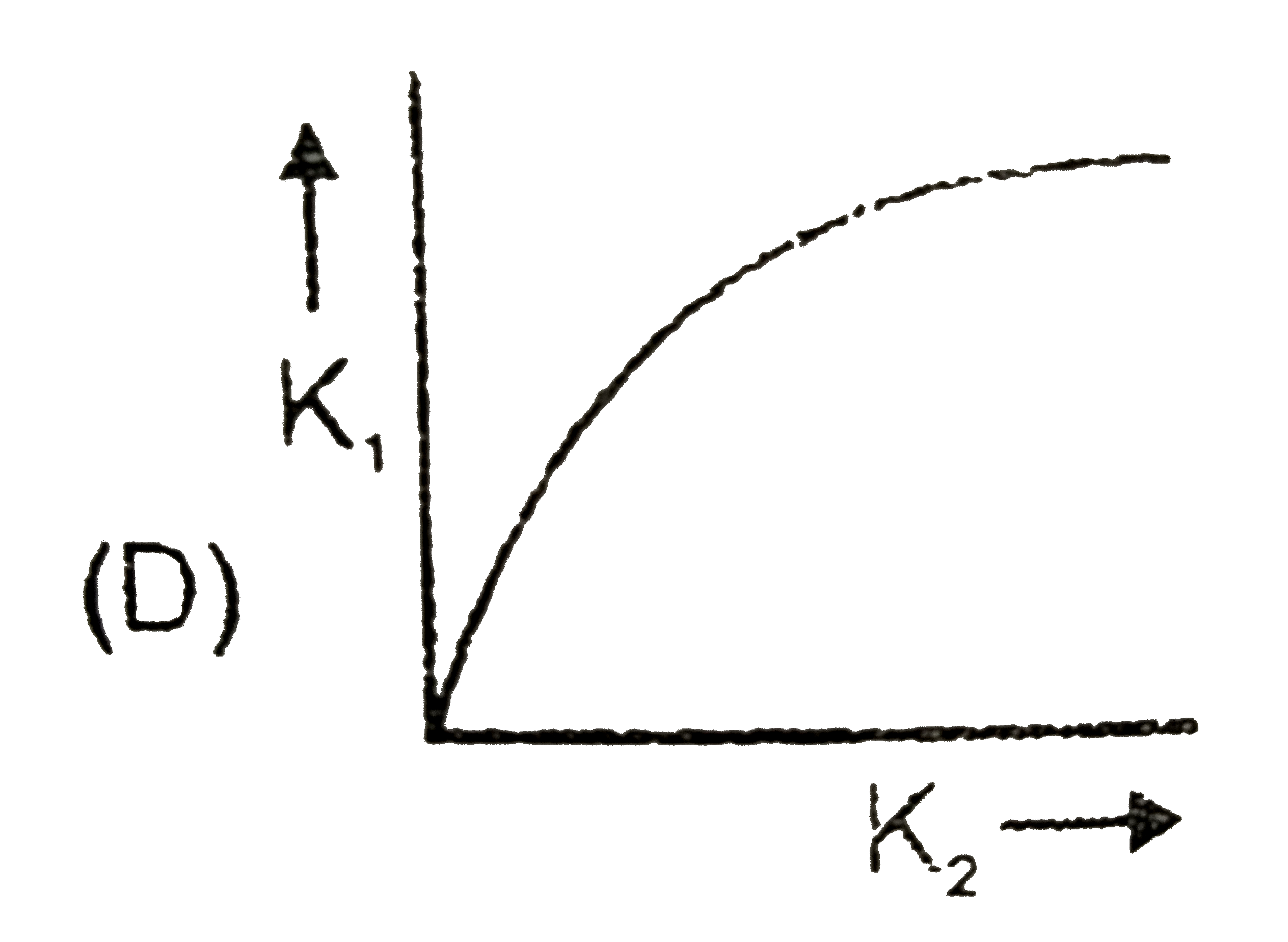For a container contining A(g),B(g),C(g)&D(g) with rigid walls, an experiment is carried upon. This experiment involves increase in temperature of container in stepsof 1∘C and system is allowed to attain equilibrium, followed by calculation of K1&K2 at each step, where K1&K2 are equilibrium constants for reaction (1) & (2) respectively.
A(g)+2B(g)⇔C(g)+D(g) ....(1)
C(g)+D(g)⇔A(g)+2B(g) .....(2)
Select the graph showing correct relationship-




The correct Answer is:C
Topper's Solved these Questions
- CHEMICAL EQUILIBRIUMBOOK - RESONANCECHAPTER - CHEMICAL EQUILIBRIUMEXERCISE - Exercise-2 (Part-1)
28 Videos
- CHEMICAL EQUILIBRIUMBOOK - RESONANCECHAPTER - CHEMICAL EQUILIBRIUMEXERCISE - Exercise-2 (Part-2)
23 Videos
- CHEMICAL EQUILIBRIUMBOOK - RESONANCECHAPTER - CHEMICAL EQUILIBRIUMEXERCISE - Exercise-1 (Part-1)
38 Videos
- CHEMICAL BONDINGBOOK - RESONANCECHAPTER - CHEMICAL BONDINGEXERCISE - Inorganic chemistry (Chemistry Bonding)
49 Videos
- D & F-BLOCK ELEMENTS & THEIR IMPORTANT COMPOUNDS BOOK - RESONANCECHAPTER - D & F-BLOCK ELEMENTS & THEIR IMPORTANT COMPOUNDS EXERCISE - Match the column
1 Videos
Similar Questions
Knowledge Check
The Kc for given reaction will be A2(g)+2B(g)⇔C(g)+2D(s)
AK=[C][D]2[A2][B]2BK=[C][A2][B]2CK=[A2][B]2[C][D]2DK=[A2][B]2[C]The relation between KPandKC for the reaction A(g)+B(g)⇔C(g)+2D(g) is -
AKP=KC[RT]−1BKP.KC−1=RTCKCKP−1=RTDKP=KC[RT]3At 500 K, equlibrium constant, Kc for the following reaction is 5.
1/2H2(g)+1/2(g)⇔HI(g)
What would be the equilibrium constant Kc for the reaction 2hi(g)⇔H2(g)+l2(g)A0.04B0.4C25D2.5
The relation between KPandKC for the reaction A(g)+B(g)⇔C(g)+2D(g) is -
View SolutionThe equilibrium constant (Kc) for the reaction
2HCl(g)⇔H2(g)+CL2(g)
is 4×10−34at 25∘C .what is the equilibrium constant for the reaction ?
12H2(g)+12Cl2(g)⇔HCl(g)
View SolutionThe equilibrium constant (Kc) for the reaction
2HCl(g)⇔H2(g)+Cl2(g)
is 4×10−34at 25∘C .what is the equilibrium constant for the reaction ?
12H2(g)+12Cl2(g)⇔HCl(g)
View SolutionAt 500 K, equlibrium constant, Kc for the following reaction is 5.
1/2H2(g)+1/2(g)⇔HI(g)
What would be the equilibrium constant Kc for the reaction 2hi(g)⇔H2(g)+l2(g)
View SolutionAt 500 K, equlibrium constant, Kc for the following reaction is 5.
1/2H2(g)+1/2(g)⇔HI(g)
What would be the equilibrium constant Kc for the reaction 2HI(g)⇔H2(g)+l2(g)
View Solution
